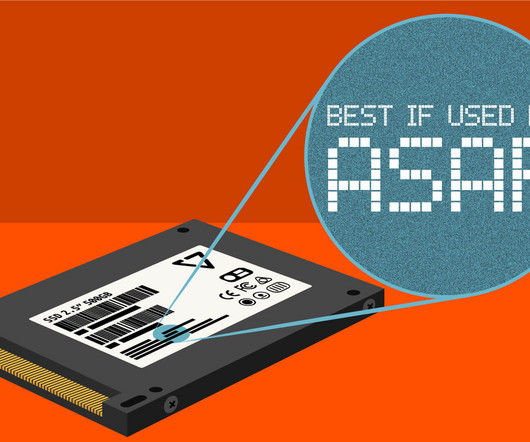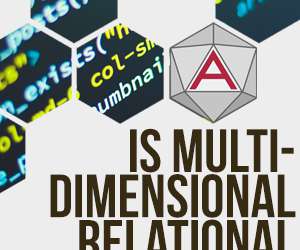What Science Really Says About Facial Recognition Accuracy and Bias Concerns
Security Industry Association
JULY 23, 2021
But there’s a problem: Gender Shades evaluated demographic-labeling algorithms not facial recognition. Specifically, the study evaluated technology that analyzes demographic characteristics (is this a man or a woman?), A 2012 FBI Study Analyzing Now-Obsolete Algorithms. 2019 NIST Demographic Effects Report.












Let's personalize your content